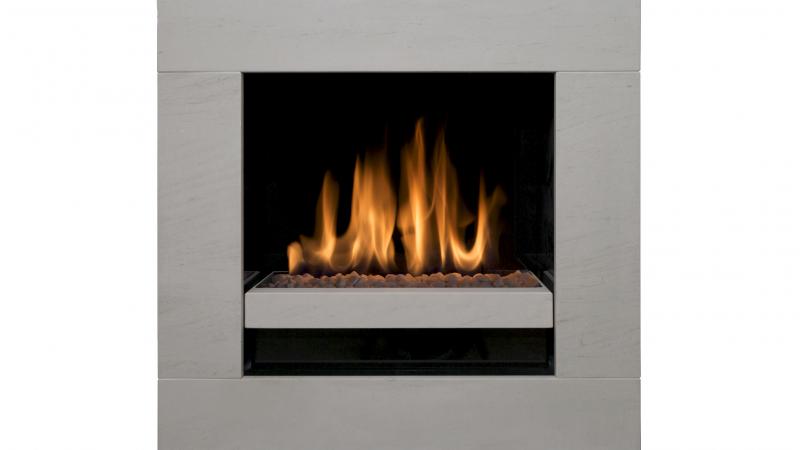Gas fireplaces are more and more popular, but there are some risks associated with them. Ethanol, the gas that powers them, which is also known as bioethanol or ethyl alcohol, is a highly flammable liquid.
Here are a few things to keep in mind:
Certification
Be sure your gas fireplace is certified by a Standards Council of Canada-accredited organization. The SCC reports to Parliament through the Minister of Industry. The reference standard is ULC/ORD-C627.1-2008 - Unvented ethyl alcohol fuel burning decorative appliances. Very few models have this certification.
Usage
A gas fireplace is a pre-fabricated decorative product. It cannot be used for heating or cooking. Certified fireplaces have a limited maximum output of 10,000 BTU/hour and are designed for fixed installation, not mobile installation.
Installation
Gas fireplaces should never be installed in a bathroom or bedroom. Your gas fireplace should be used in a normally ventilated room. Always check the manufacturer's directions for the minimum size room where your fireplace can be installed.
Fuel
Only the fuel recommended by the manufacturer should be used. No other type of alcohol, flammable liquid, fondue fuel, etc., should be used.
Limit storage of flammable liquids, including ethanol and other domestic products, to 10 litres per dwelling.
Safety tips
- To light the fireplace, use a barbecue lighter or long match and follow the manufacturer's directions.
- Only use decorative accessories (stones, logs, etc.) that were designed for your gas fireplace. Never place other items inside your fireplace.
- Be sure that flames never come into contact with combustible materials (such as curtains).
- Install a carbon monoxide detector on the same floor as the gas fireplace, along with an ABC multi-purpose fire extinguisher nearby. Be sure your smoke alarm is working properly at all times.
- The combustion of ethanol uses oxygen from the surrounding air, so make sure you have plenty of fresh air coming in.
- Watch out for drafts that could affect the flames' stability. Gas fireplaces must never be used with fans or blowers.
- Remember that gas fireplaces must never be left unattended while burning.
- If you need to move a gas fireplace, make sure it contains no fuel. Always install gas fireplaces out of the reach of children and pets.
- Never smoke near a gas fireplace, particularly when handling fuel or filling up the fireplace.
- Let your insurance company know that you're using a gas fireplace.
Please note that you are required to install a carbon monoxide detector on the same floor as the fireplace, along with a portable, multipurpose, ABC-type extinguisher nearby. All residential buildings that were built before 1985 must be equipped with a non-removable lithium battery with a lifespan of 10 years.
Tips for filling and storing ethanol
- Ethanol is very volatile, it must never be added to a fireplace while it is burning. Before adding ethanol or lighting the flame, wait at least 15 minutes for the fireplace and burner to cool down.
- When filling your fireplace, use the quantity indicated. Don't light the fireplace if there is ethanol outside the tank or on its edges.
- Keep the ethanol container closed. Store the container in a well-aired place, away from heat sources and out of the reach of children. Never store ethanol in the same room as the fireplace.
- Ethanol is a toxic substance which must never be poured down a drain or into the ground. Avoid all contact with eyes and skin.




